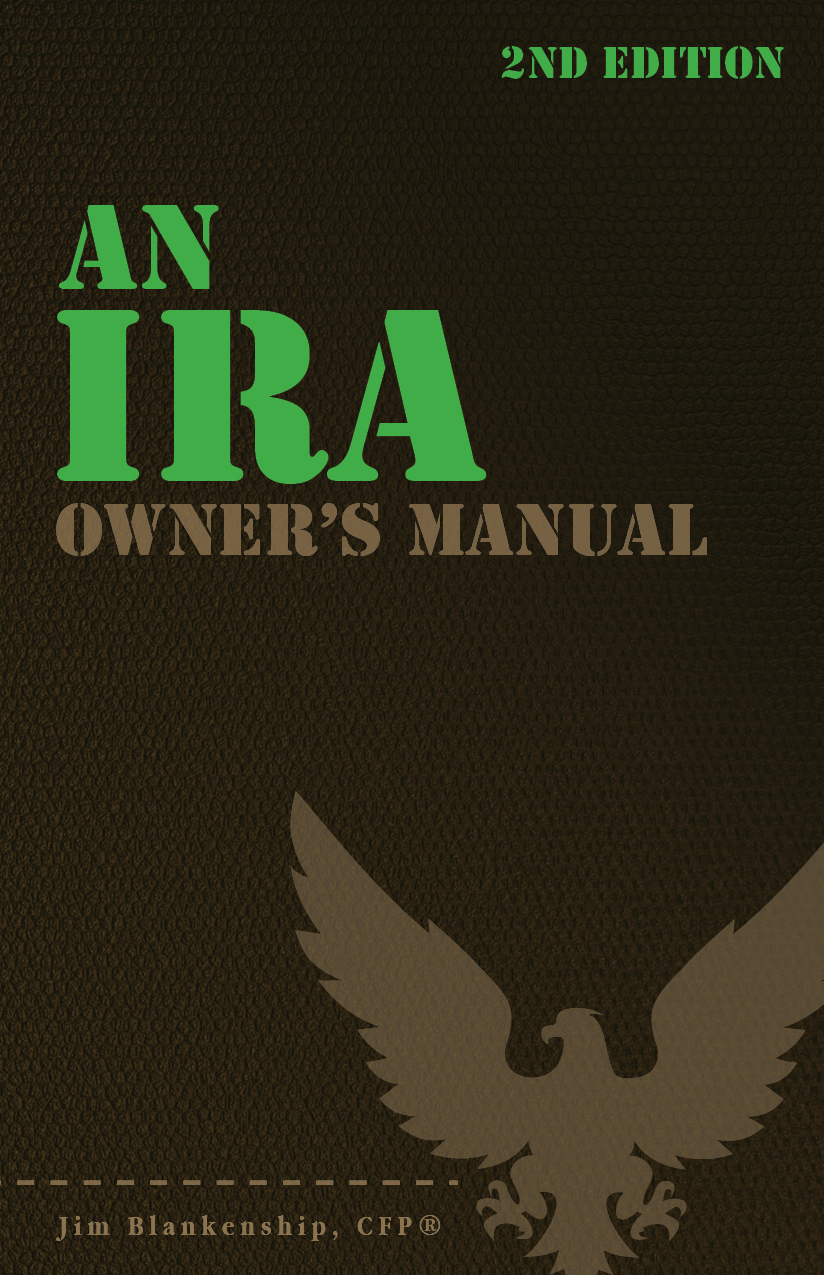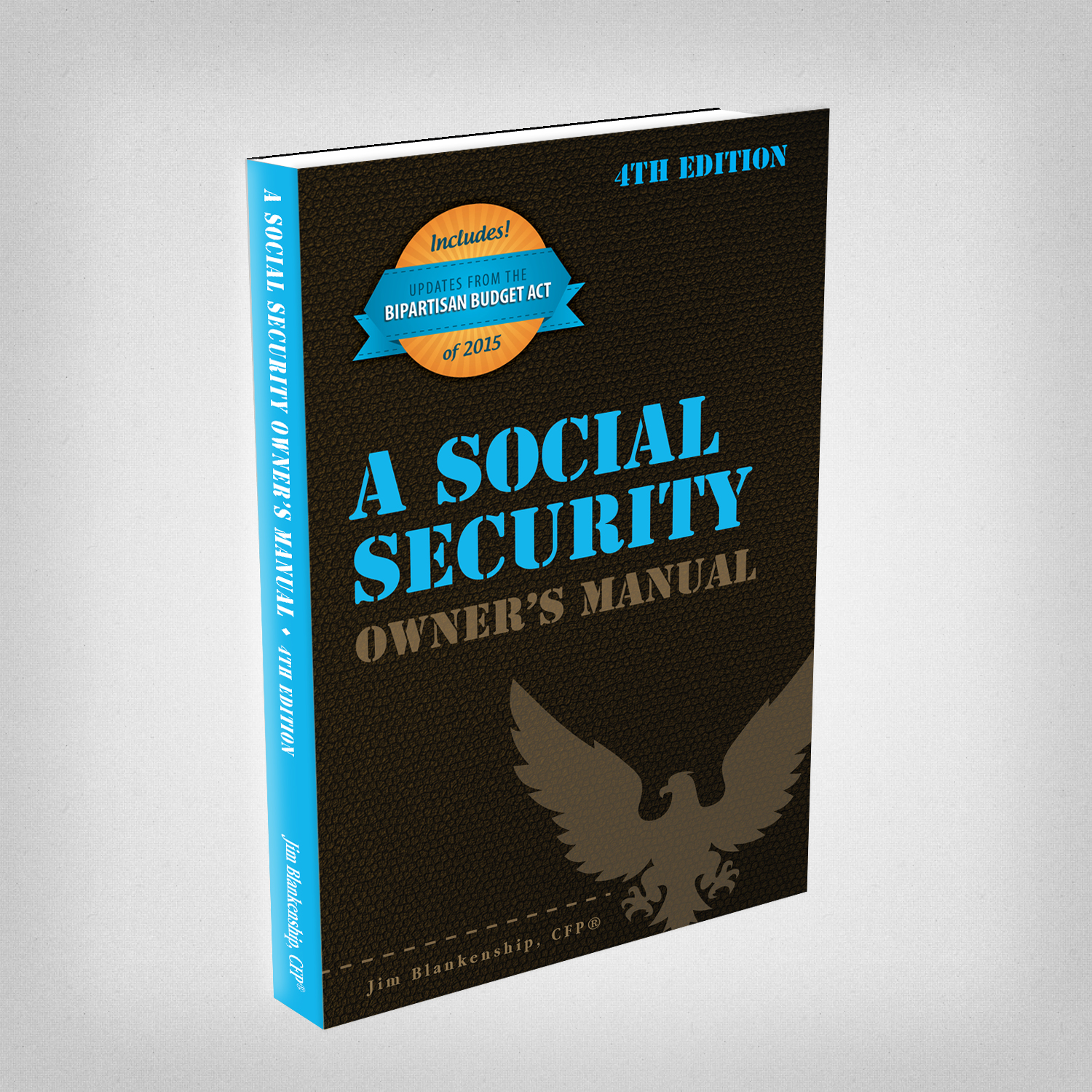
Photo credit: jb
If you or someone you know has inherited an IRA from a spouse, there are several options available for handling the account. You could transfer the IRA to an inherited IRA, properly titled, and begin taking RMDs based upon your own age; or you can transfer the IRA to an IRA titled in your own name and treat the IRA as your own. Each option has merit, you just need to determine which is best for you.
Take the IRA as an inherited IRA
If you transfer the IRA to an inherited IRA, you can immediately begin taking RMDs based upon your own age, using IRS Table I. This will allow you to stretch out the payments you would receive from the IRA over your lifetime, without penalty. If you have need for some of the funds now but wish to defer withdrawal over a longer period of time.
You could also take withdrawals in any amount you wish (or take no withdrawals in some years), but completely drain the account by the end of the 10th year after the death of your spouse. There could be some benefit to this method – you would not have to take distributions at all for the first 9 years, and then take the entire account during the 10th. Your tax plan might fit in with this scenario, for example, if you’re still working and taking significant distributions earlier would push you into higher tax brackets.
This option, the 10-year payout, is only available if the original owner (your spouse) was not already subject to RMDs.
Take the IRA as your own
If you decide to make the IRA your own, you can treat the IRA exactly as if it were your own: you can make contributions to it, rollover other eligible funds into it, or convert it to a Roth IRA. In this case, you can delay the time to start taking RMDs until you reach age 73 – so if you are younger than your late spouse was, this method may allow you to delay RMDs the longest.
In this method, any withdrawals that you take before age 59½ could be subject to the 10% early withdrawal penalty, unless you meet one of the exceptions. You can transfer the IRA to an account in your own name at any time during the first five years, even if you’ve taken some distributions from the originally-titled account. You couldn’t take this option if you had re-titled the account as inherited (the option above), however.
Bear in mind, the above options are not every possible option for handling an inherited IRA as a spouse. For more detailed reading, check out IRS Publication 590.


 Sterling Raskie, MSFS, CFP®, ChFC®
Sterling Raskie, MSFS, CFP®, ChFC® The latest in our Owner’s Manual series, A 401(k) Owner’s Manual, was published in January 2020 and is available on
The latest in our Owner’s Manual series, A 401(k) Owner’s Manual, was published in January 2020 and is available on  A Medicare Owner’s Manual, is updated with 2020 facts and figures. This manual is available on
A Medicare Owner’s Manual, is updated with 2020 facts and figures. This manual is available on  Social Security for the Suddenly Single can be found on Amazon at
Social Security for the Suddenly Single can be found on Amazon at  Sterling’s first book, Lose Weight Save Money, can be
Sterling’s first book, Lose Weight Save Money, can be  An IRA Owner’s Manual, 2nd Edition is available for purchase on Amazon. Click the link to choose the
An IRA Owner’s Manual, 2nd Edition is available for purchase on Amazon. Click the link to choose the  Jim’s book – A Social Security Owner’s Manual, is now available on Amazon. Click this link for the
Jim’s book – A Social Security Owner’s Manual, is now available on Amazon. Click this link for the  And if you’ve come here to learn about queuing waterfowl, I apologize for the confusion. You may want to discuss your question with Lester, my loyal watchduck and self-proclaimed “advisor’s advisor”.
And if you’ve come here to learn about queuing waterfowl, I apologize for the confusion. You may want to discuss your question with Lester, my loyal watchduck and self-proclaimed “advisor’s advisor”.